Comparative Analysis of Economic Regulation Theories
VerifiedAdded on 2023/03/17
|5
|1404
|52
Essay
AI Summary
This essay provides a comprehensive overview of two prominent theories explaining government regulation of the economy: the public interest theory and the capture theory. The public interest theory posits that regulation arises from public demand to correct market inefficiencies, assuming that government intervention is costless. However, the essay critiques this theory, highlighting its shortcomings in translating public interest into legislative action and its susceptibility to collusion. The capture theory, conversely, suggests that interest groups, particularly businesses, control regulation to serve their own interests, but this theory also faces challenges in explaining certain regulatory forms and agency behaviors. The essay examines the political science formulation of the capture theory, emphasizing the influence of interest groups on public policy. It concludes by acknowledging the criticisms of both theories, emphasizing their limitations in providing substantive empirical support and generating verifiable hypotheses.
1 out of 5
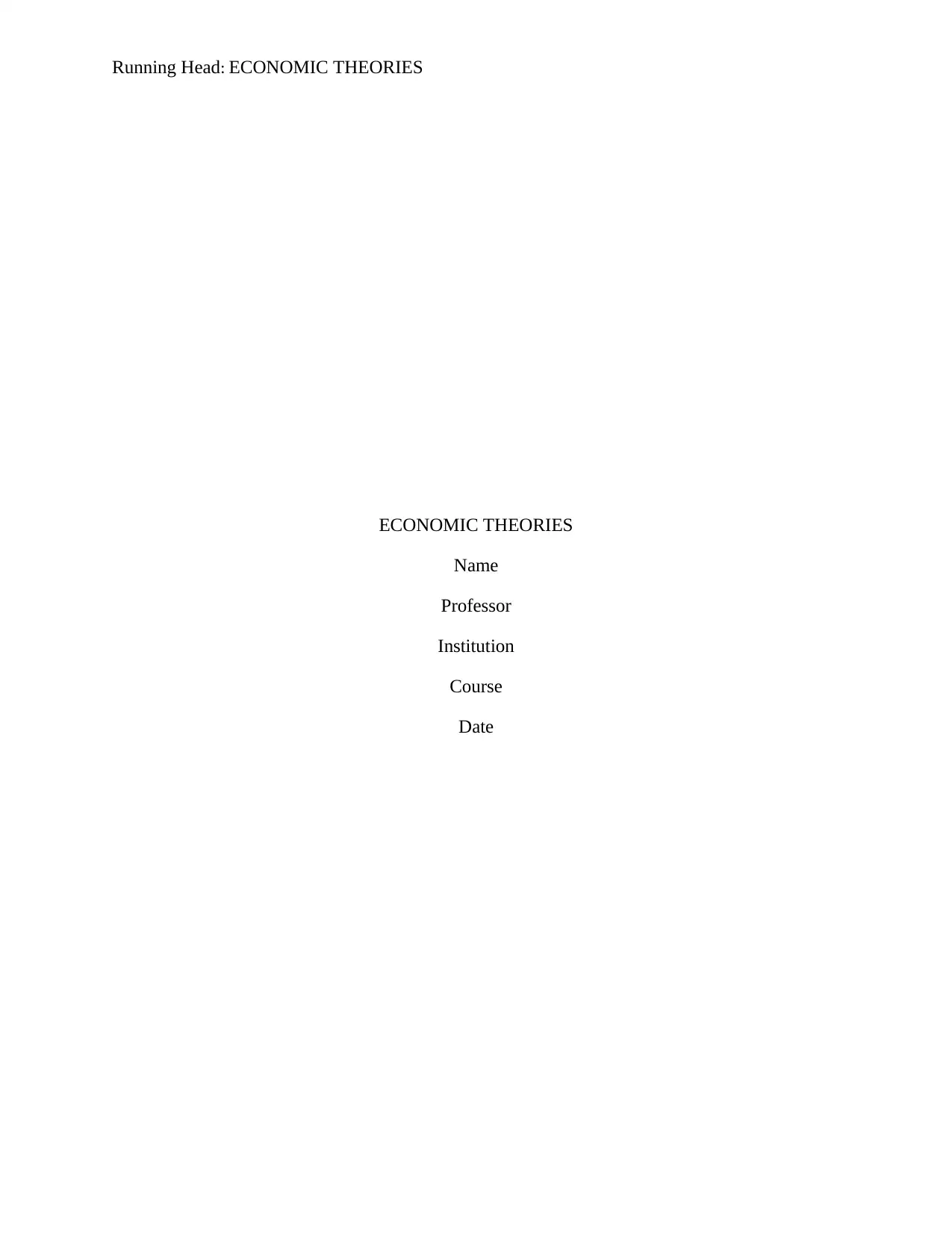
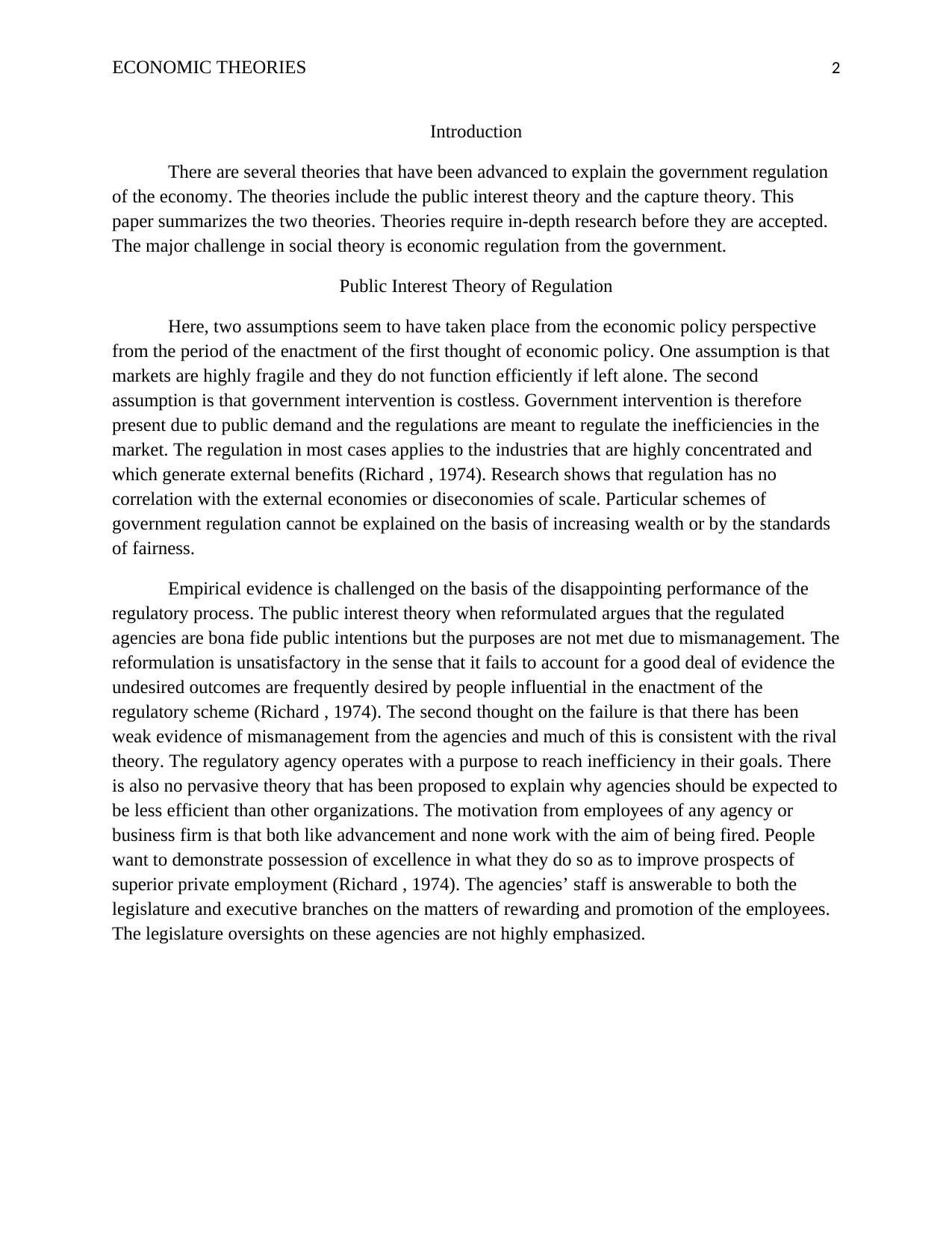
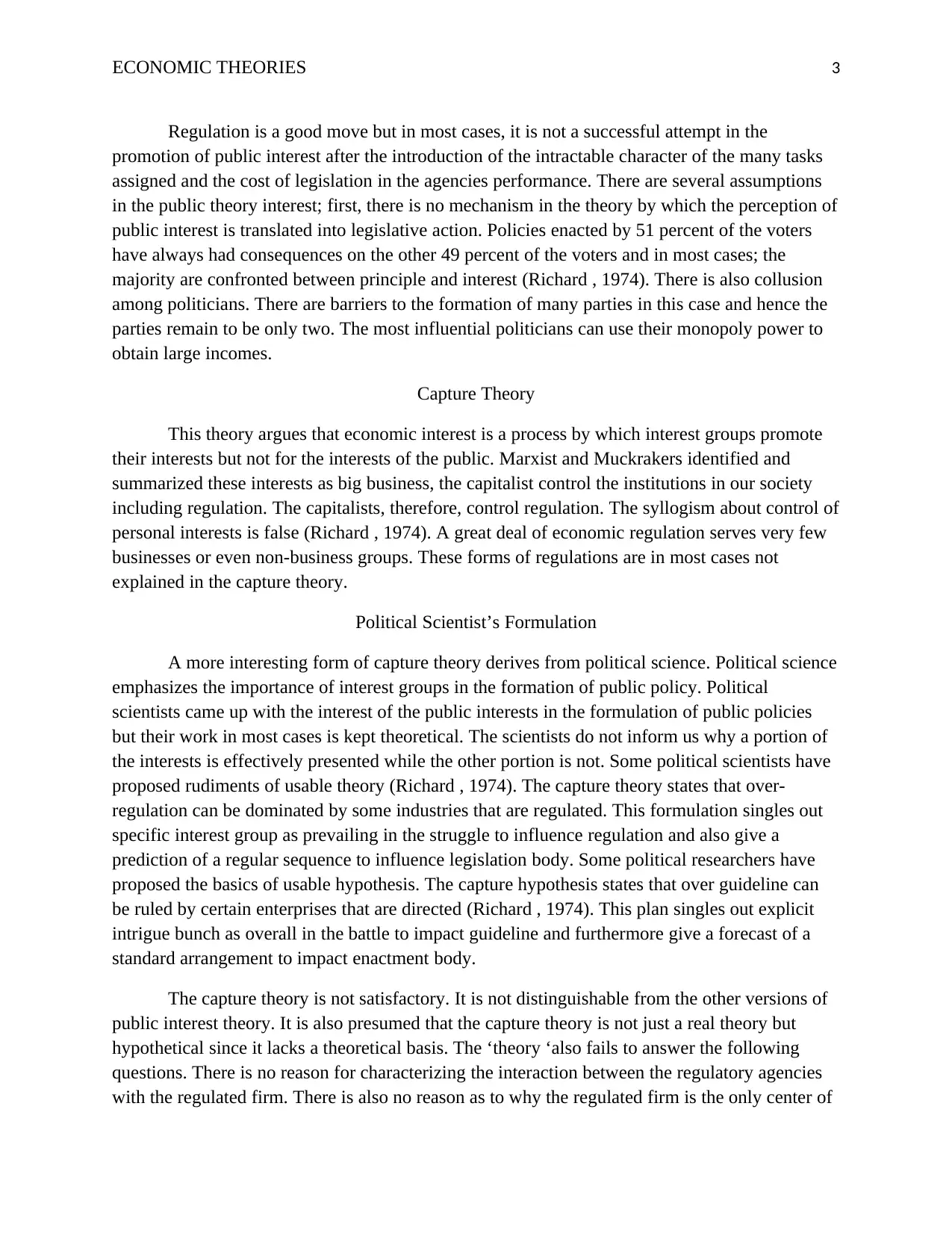
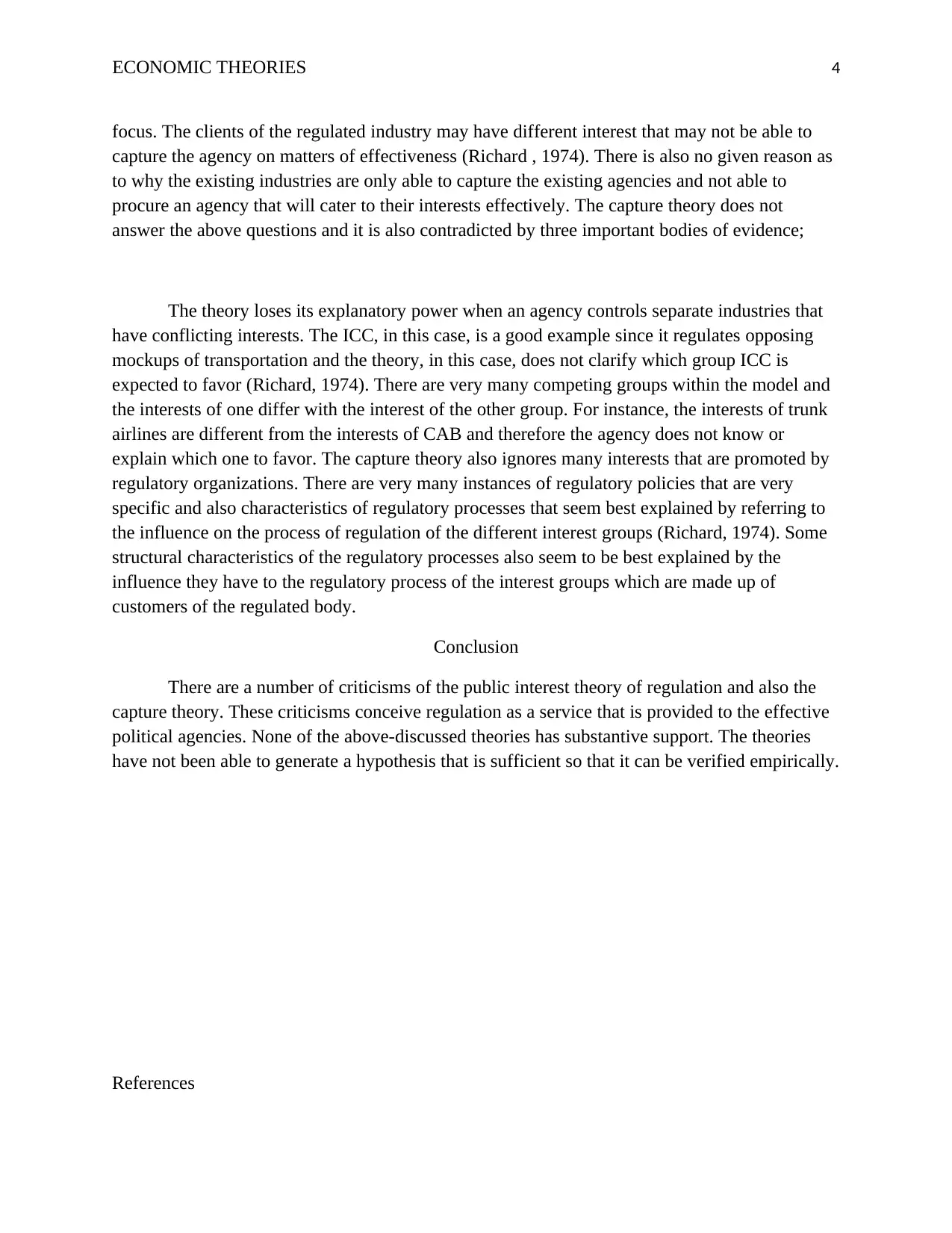
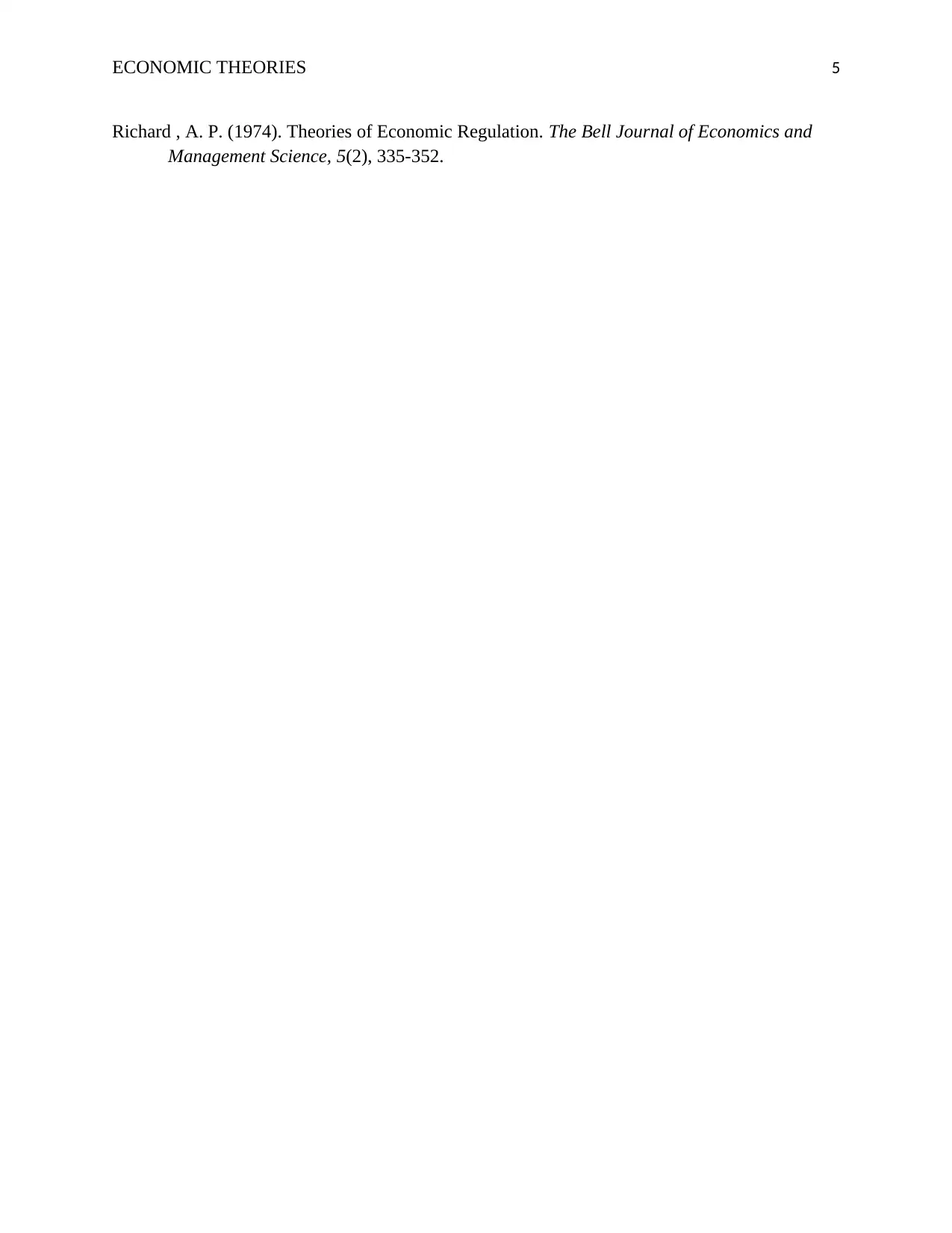






![[object Object]](/_next/static/media/star-bottom.7253800d.svg)